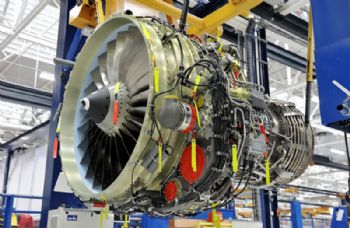
Following the mid-air engine failure on a Southwest Boeing 737 shortly after taking off from New York’s La Guardia Airport (resulting in the death of a female passenger), airlines operating CFM56-7B engines have been responding to the emergency airworthiness directive (EAD) from the US Federal Aviation Administration (FAA) and the European Aviation Safety Agency (EASA), based on a CFM International (
www.cfmaeroengines.com) service bulletin that calls for inspections of fan blades on long-service engines.
Near the end of April, operators had completed more than 60% of the mandated ultrasonic inspections on CFM56-7B blades with more than 30,000 cycles ‘on the clock’.
The inspection programme, involving about 680 CFM56-7B engines world-wide, had to be completed by 10 May to comply with the EADs. The CFM56-7B engine powers Boeing Next-Generation 737s, and about 14,000 of these engines are in operation.
CFM partners GE and Safran Aircraft Engines provided a team of 500 experts to complete the inspections as quickly as possible and help to minimise operational disruption.
As part of the service bulletin issued by CFM, it is also recommending the inspection of fan blades with more than 20,000 cycles (this should be completed by the end of August), and inspections to all other fan blades when they reach 20,000 cycles.
A jet-engine cycle comprises an engine start, take-off, landing, and full shut-down. It is an important measurement in determining the maintenance and inspection intervals for jet engines and their components.
The inspection — conducted with an ultrasonic probe along the surface of the fan blade — takes about 4hr per engine.